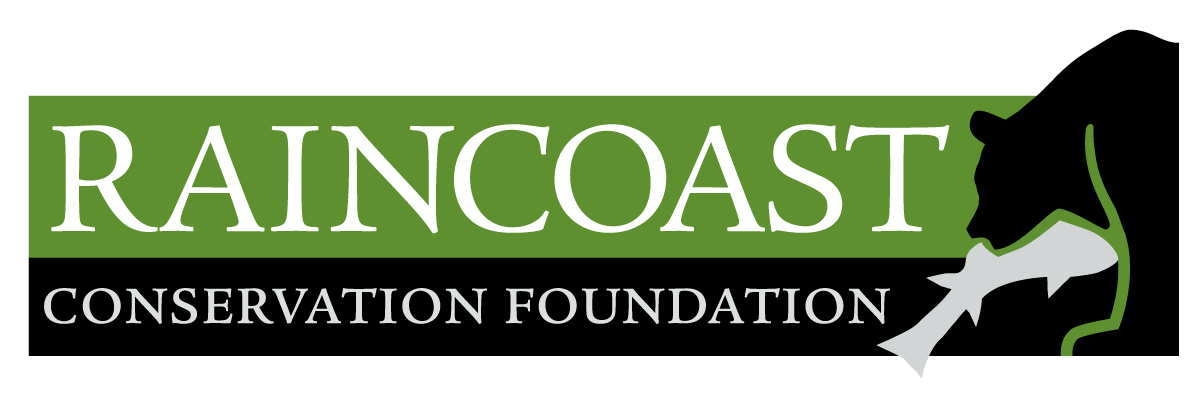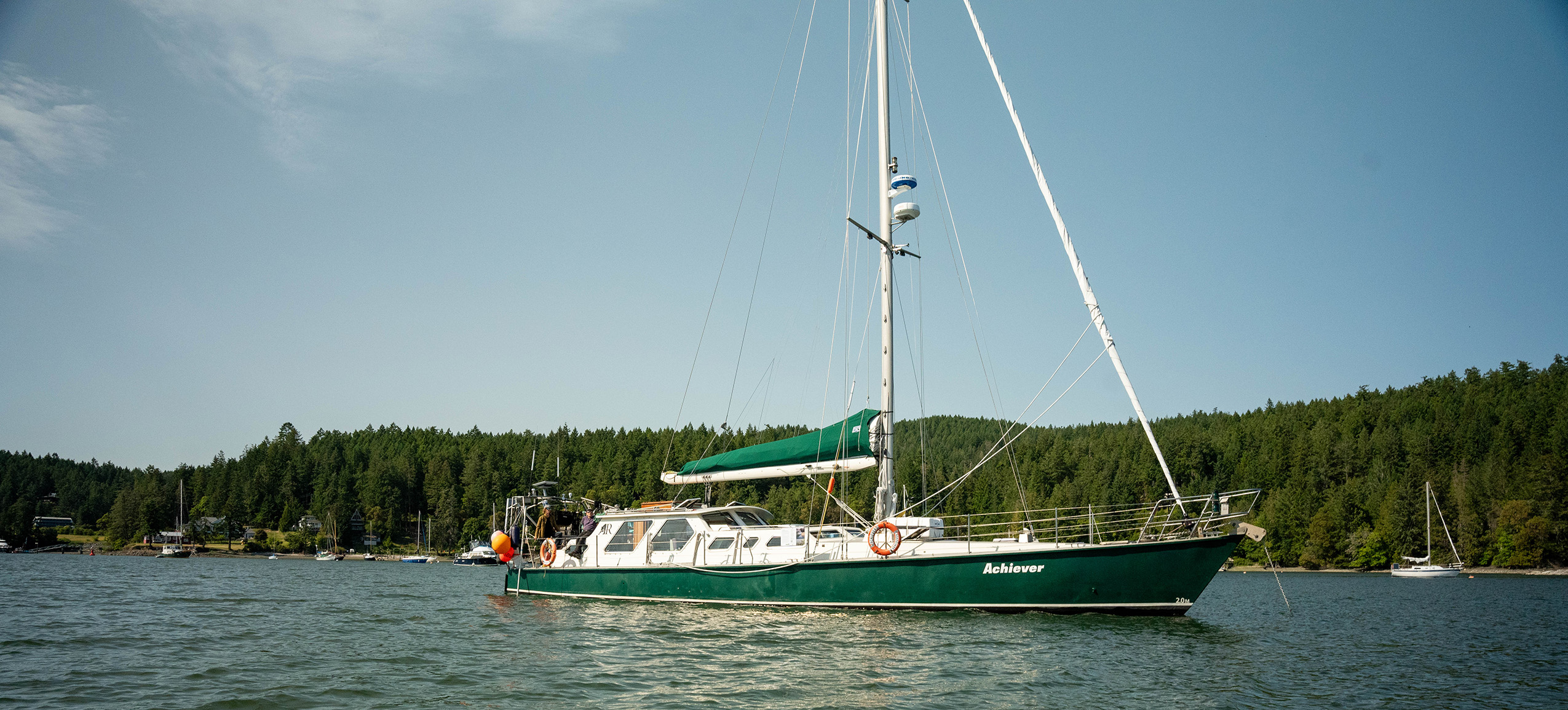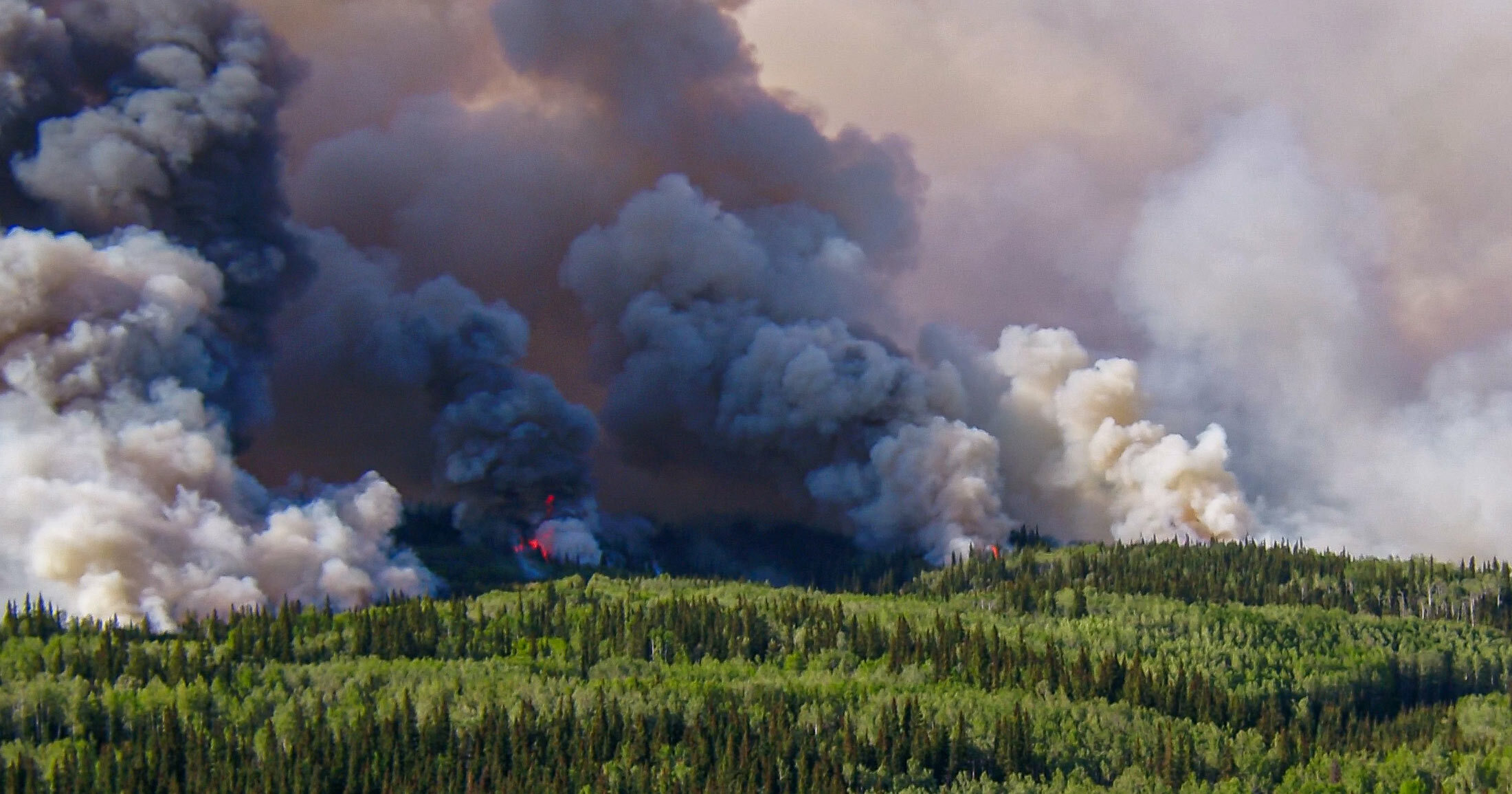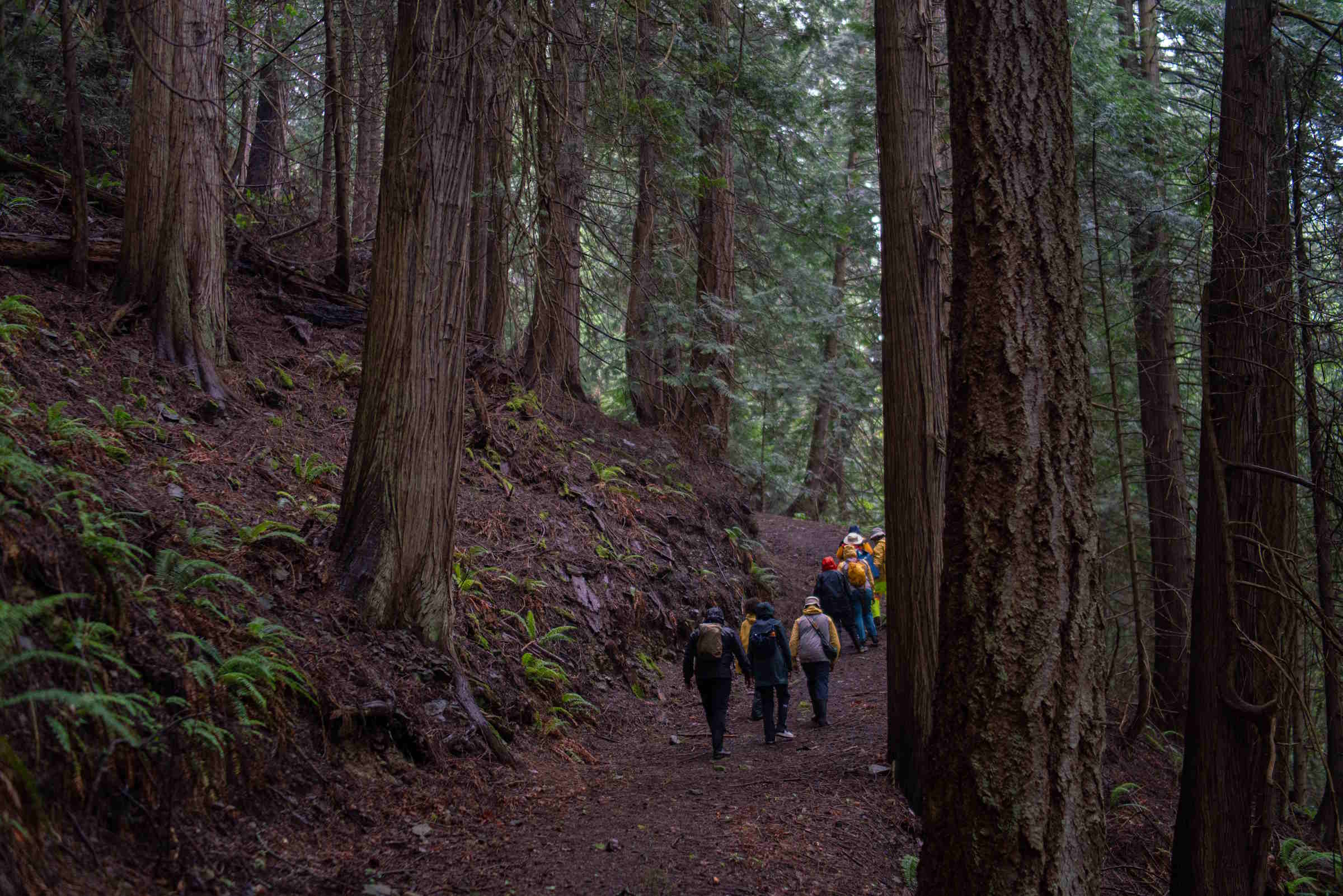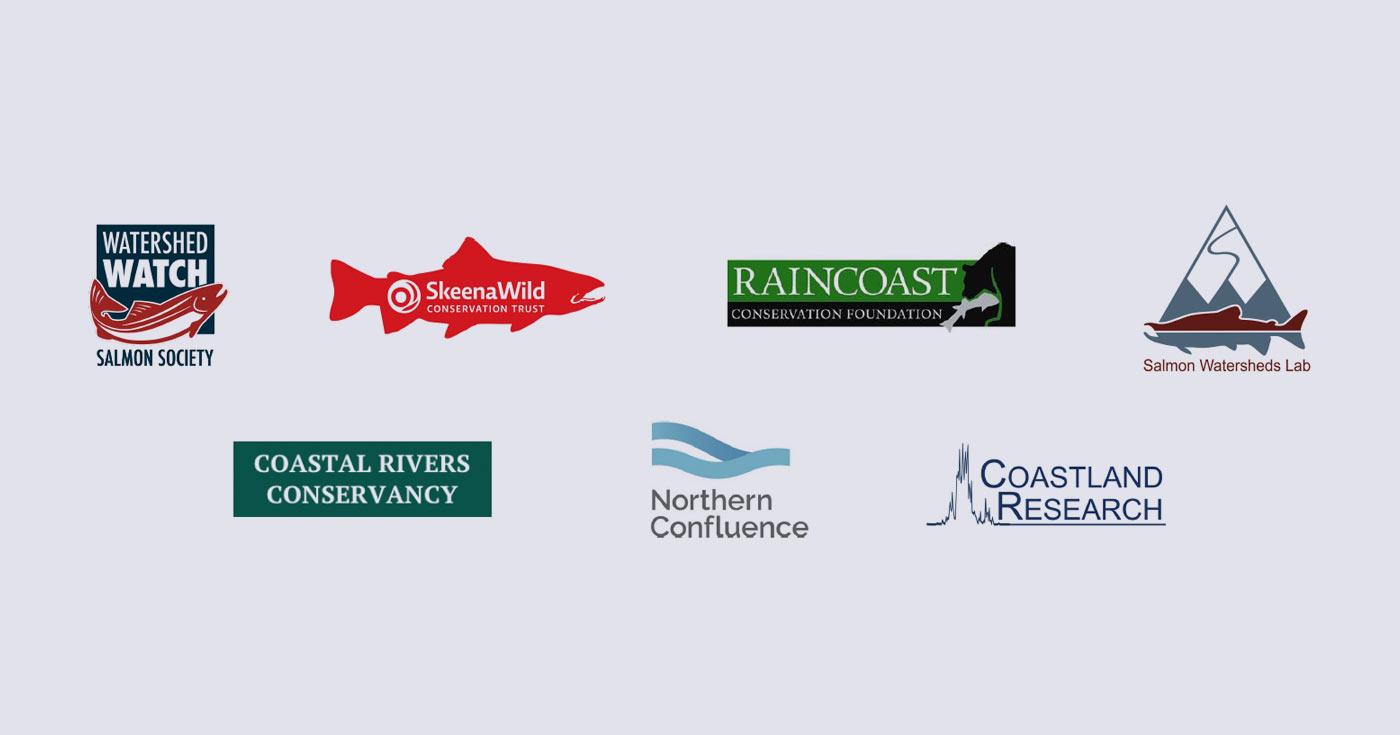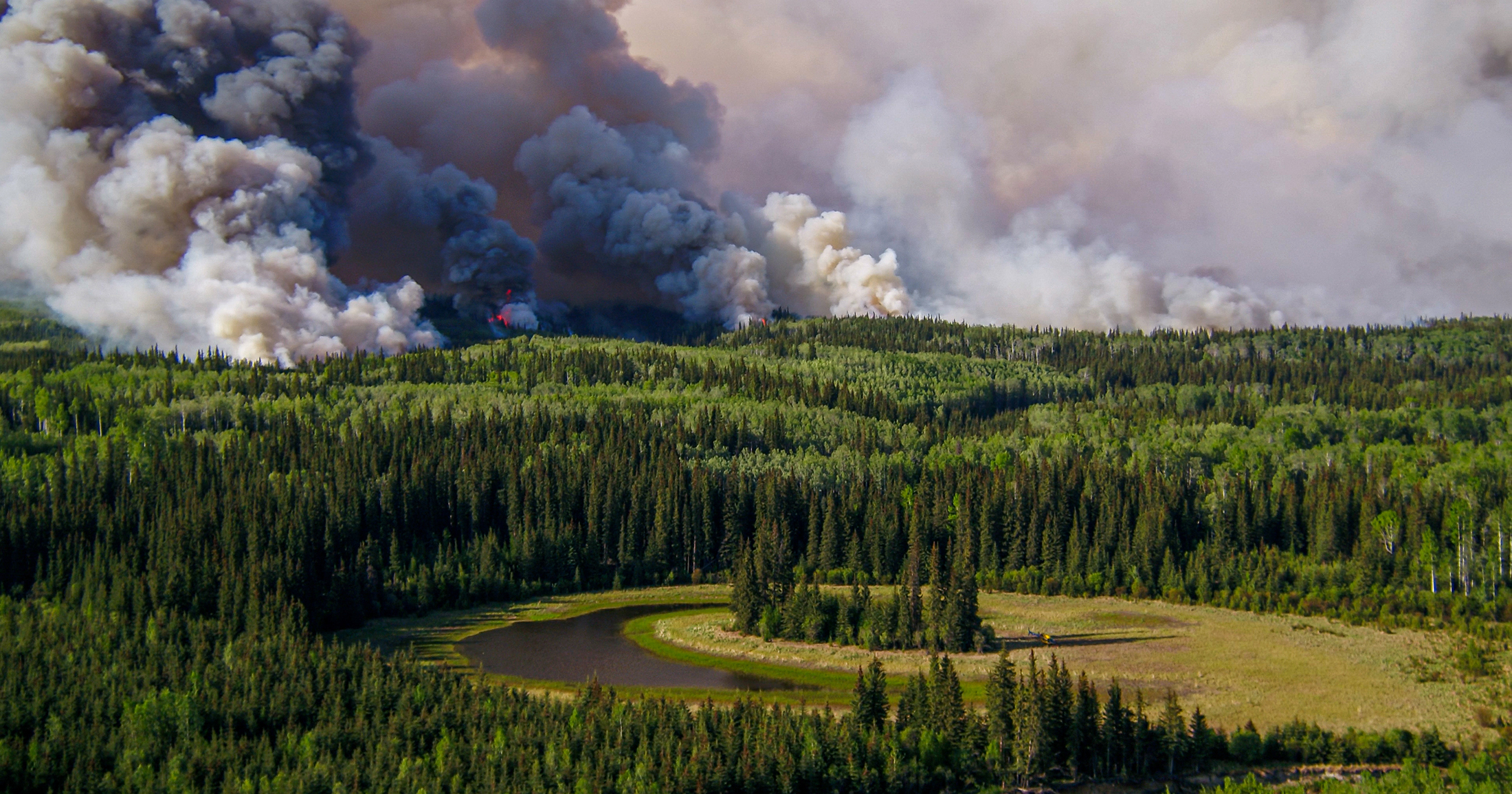Sea Lice Loot
 White caps licking my gumboots, I make the leap from water taxi to gillnet fishing boat off the North coast of Vancouver Island. A burly Viking type fisherman, Calvin Siider, welcomes me aboard. I am one of many volunteers helping collect sea lice this year with Raincoast researcher Corey Peet. The success of our collections is undoubtedly linked to the experience and persistence of the many fisherman involved.
White caps licking my gumboots, I make the leap from water taxi to gillnet fishing boat off the North coast of Vancouver Island. A burly Viking type fisherman, Calvin Siider, welcomes me aboard. I am one of many volunteers helping collect sea lice this year with Raincoast researcher Corey Peet. The success of our collections is undoubtedly linked to the experience and persistence of the many fisherman involved.
Hauling in the net full of fish at sun down, Calvin jiggles a chum salmon free. “Here’s one for you,” he declares, passing it my way.
A mass of sealice squirms behind the dorsal fin. I grab my tweezers. One by one, I alter their fate from wild salmon rider to stagnant aquarium resident. The hundreds of lice contained in each egg sack will be propagated in the lab to test the susceptibility of different species of young salmon to these parasites. This research is one component of Raincoast’s aquaculture campaign, working to stop the expansion of open net cage salmon farming in the Great Bear Rainforest.
While the bobbing gillnet trails into the surf for the next set, Calvin shares his local knowledge, diverting my attention from my queasy stomach.
“In these waters, more chum swim near the surface at night than during the day. Fortunately, there’s not much ‘fire’ (bioluminescence) this evening betraying the net to the salmon.” But erratic winds interrupt, and the waves vigorously toss about debris. We pull in the net to find the catch reduced to a tangle of logs and seaweed – a rotten reward for us both!
With the approaching dawn, the heaving swells relent and the schools of chum descend towards the sea-grass roots. While anchored I tend to the sea lice in the tank, pondering how these tiny invertebrates managed to wipe out 98% of the wild pink salmon runs in the Broughton Archipelago in 2002. The 30 fish farms that literally line the marine park provide the lice with a stable breeding ground (for more information, click here). Meanwhile Calvin tirelessly mends his net. Despite the unforeseen hitch, he finishes in time for nightfall. His hard work gives way to another eve of harvesting salmon and their parasitic sea lice in Queen Charlotte Strait.
Hana Hermanek
Raincoast volunteer
From the rolling deck of the Maile III
November 2004
You can help
Raincoast’s in-house scientists, collaborating graduate students, postdoctoral fellows, and professors make us unique among conservation groups. We work with First Nations, academic institutions, government, and other NGOs to build support and inform decisions that protect aquatic and terrestrial ecosystems, and the wildlife that depend on them. We conduct ethically applied, process-oriented, and hypothesis-driven research that has immediate and relevant utility for conservation deliberations and the collective body of scientific knowledge.
We investigate to understand coastal species and processes. We inform by bringing science to decision-makers and communities. We inspire action to protect wildlife and wildlife habitats.

